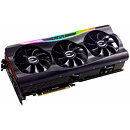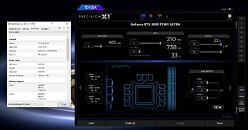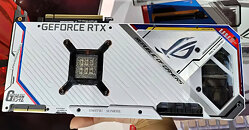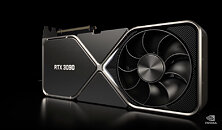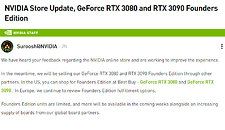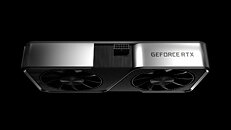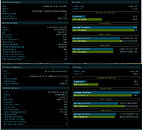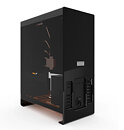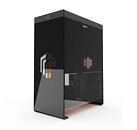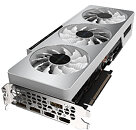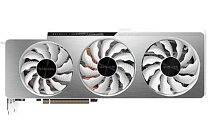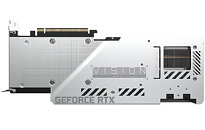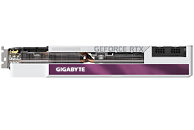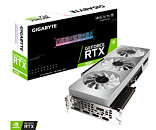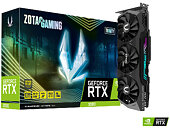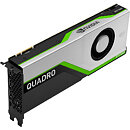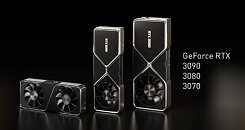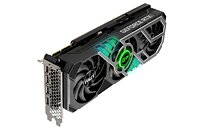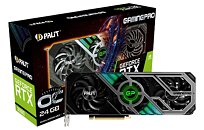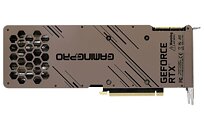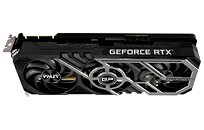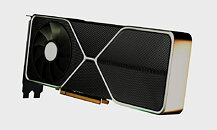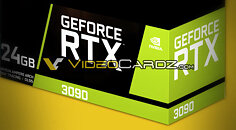
NVIDIA Partners Bundle Call of Duty Black Ops: Cold War with RTX 3080 and RTX 3090
NVIDIA's add-in-board partners announced bundling Call of Duty Black Ops: Cold War with the latest inventories of their GeForce RTX 3080 and RTX 3090 graphics cards. The bundle includes not just the Standard Edition of the game, but also the Woods Operator Pack (a jungle operator pack), and the Confrontation Weapons Pack.
NVIDIA also revealed that in addition to its RTX real-time raytracing technology, Black Ops: Cold War will support the DLSS performance enhancement feature; and NVIDIA Reflex, a whole-system latency reduction feature that should help with the game's competitive online multiplayer. The bundle will be limited to select markets, and through participating retailers.
NVIDIA also revealed that in addition to its RTX real-time raytracing technology, Black Ops: Cold War will support the DLSS performance enhancement feature; and NVIDIA Reflex, a whole-system latency reduction feature that should help with the game's competitive online multiplayer. The bundle will be limited to select markets, and through participating retailers.







